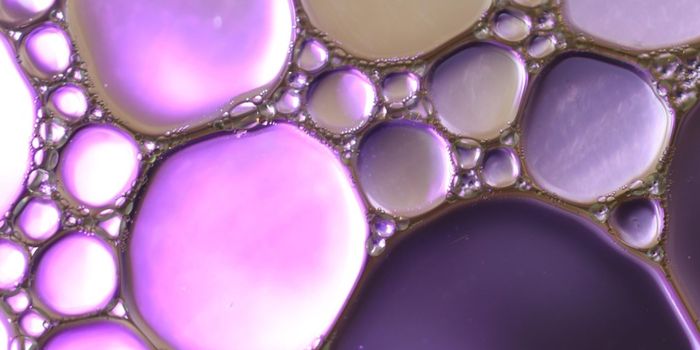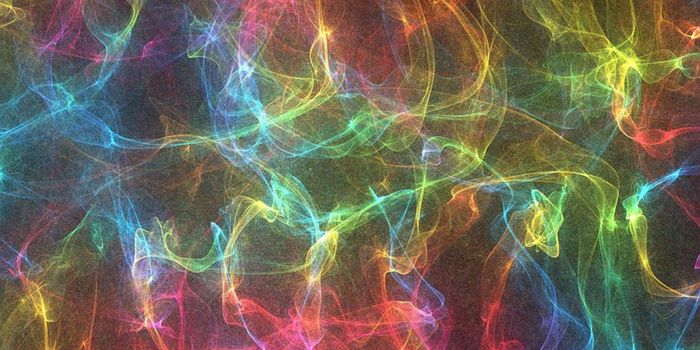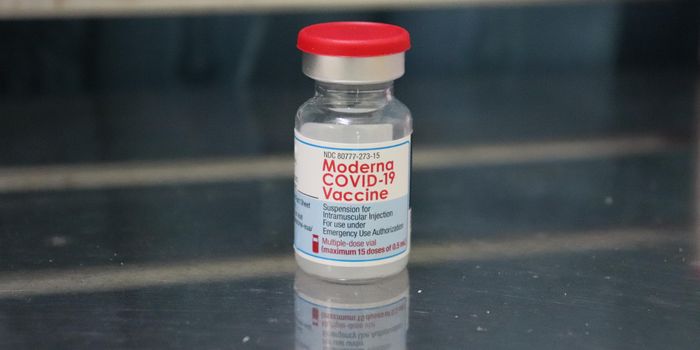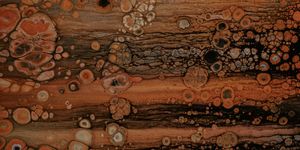Neurons and Blood Vessels 'Talk' About Cell Fate
Scientists have used a zebrafish model to show that the neurons of the peripheral nervous system (outside of the brain and spinal cord) communicate with blood vessels. Capturing video of the process in action, researchers showed that the blood vessels and nerve cells grow protrusions that can signal to one another. The findings have been published in Cell Reports.
In this study, the videos showed that the filaments emanating from the cells are called signaling filopodia, or cytonemes, and at their tip is a receptor or molecule that acts as a ligand (to a receptor), so these filopodia can 'talk' to one another in a very precise way.
"It was known that vessel cells and stem cells in the brain communicate but this is the first time it has been witnessed through cytonemes in the peripheral nervous system," noted study leader Berta Alsina, the principal investigator of the Morphogenesis and Cell Signaling in Sensory Systems group at Pompeu Fabra University. "By using high-resolution spatiotemporal visualization techniques in vivo we have seen them in real-time and they might also be in the brain."
These signals keep some neuronal precursors in a quiescent state; they're hanging out, waiting until they're needed, at which time they would specialize into neurons that would replace those that become damaged.
"If all neuronal precursors proliferated and differentiated we would not have this reservoir and there would not be the opportunity for regeneration. In the auditory and vestibular system, which is what we are studying, cases of deafness or vertigo may arise," explained the first author of the study Laura Taberner.
These precursors are in a low oxygen or hypoxic environment, which stops them from proliferating. As blood vessels come into contact during development, oxygen begins to reach these tissues, normalizing oxygen levels. Oxygen was found to be the second signal and it can control whether neuronal precursors differentiate into neurons.
This research suggests that as the peripheral nervous system is developing and new neurons are forming from stem cells, the maintenance of that pool of stem cells depends significantly on the signals coming from blood vessels. Neurons can take in signals from many cells that reside in their environment, and blood vessels are one of them.
"This new knowledge will help understand the connection between hearing loss and cardiovascular diseases, as well as improve protocols for in vitro differentiation of neurons for regenerative therapies," said Taberner.
Sources: AAAS/Eurekalert! via Universitat Pompeu Fabra - Barcelona, Cell Reports










